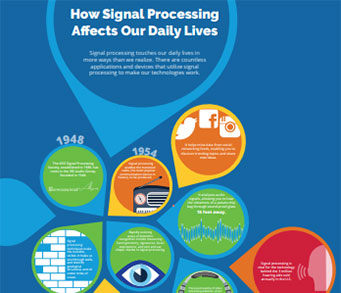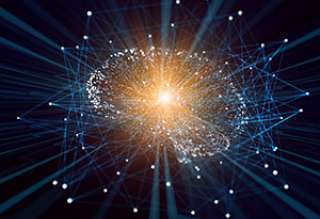SPS Feed
Top Reasons to Join SPS Today!
1. IEEE Signal Processing Magazine
2. Signal Processing Digital Library*
3. Inside Signal Processing Newsletter
4. SPS Resource Center
5. Career advancement & recognition
6. Discounts on conferences and publications
7. Professional networking
8. Communities for students, young professionals, and women
9. Volunteer opportunities
10. Coming soon! PDH/CEU credits
Click here to learn more.
The Latest News, Articles, and Events in Signal Processing
April 13-16, 2021
NOTE: Location changed to--Virtual Conference

The SAMPL Lab at the Weizmann Institute of Science offers a postdoctoral position within the project C'MON-QSENS! (Continuously Monitored Quantum Sensors: Smart Tools and Applications) funded by QuantERA EU program in Quantum Technologies.

The SAMPL Lab at the Weizmann Institute of Science offers a postdoctoral position within the project C'MON-QSENS! (Continuously Monitored Quantum Sensors: Smart Tools and Applications) funded by QuantERA EU program in Quantum Technologies.

PhD students and Postdocs in the areas of signal processing, machine learning, medical imaging, communications and radar processing:
Host Professor: Yonina Eldar, department of mathematics and computer science, Weizmann Institute

Masters students, PhD students and Postdocs interested in the areas of signal processing, machine learning, medical imaging, communications and radar processing. Contact us.
Manuscript Due: May 30, 2021
Publication Date: February 2022
CFP Document
Manuscript Due: October 15, 2020
Publication Date: May 2021
CFP Document

Classification of SAR image data continues to be a big challenge. Major difficulties include the scarcity of available data, and the difficulty of semantically interpreting the SAR backscattered signal. There are no large-scale, SAR-derived image databases for Remote Sensing image analysis and knowledge discovery.

For the full job description and more informaiton, view the job description document.

A Multiple Input Multiple Output MIMO radar makes use of orthogonal transmit waveforms either in time, in frequency or in code, in order to exploit diversity gain (due to the larger number of degrees of freedom than their phase-array counterparts) and obtain more information from a radar scenario or target.

The range resolution of a radar system is directly propotional to its bandwidth. Applications demand more and more range resolution and thus higher high frequency bandwidths. Unfortunately, these bandwidths are limited because of several reasons like techical (hardware limitations), atmospherical windows and specific regulations.
Pages
SPS Social Media
- IEEE SPS Facebook Page https://www.facebook.com/ieeeSPS
- IEEE SPS X Page https://x.com/IEEEsps
- IEEE SPS Instagram Page https://www.instagram.com/ieeesps/?hl=en
- IEEE SPS LinkedIn Page https://www.linkedin.com/company/ieeesps/
- IEEE SPS YouTube Channel https://www.youtube.com/ieeeSPS

















